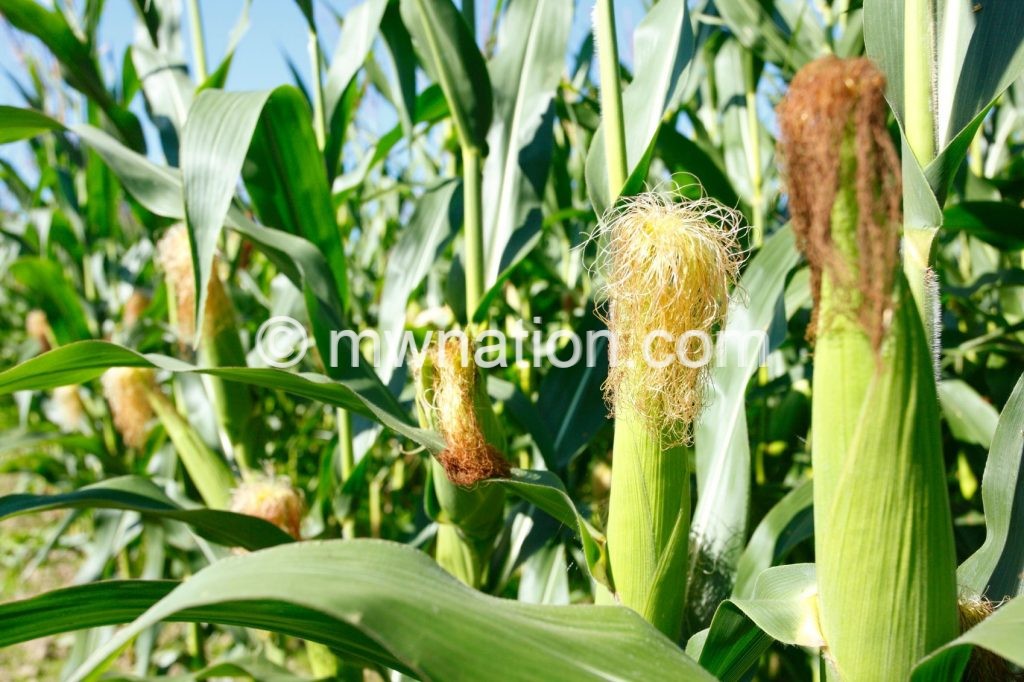Hopes on increased agricultural output
Increased agriculture output will help improve the country’s economic outlook and the welfare of ordinary Malawians, the Economic Empowerment Action Group has said.
The group’s chairperson Lewis Chiwalo said this in reaction to the first round crop estimates figures produced by the Ministry of Agriculture, Irrigation and Water Development showing an increase in all crops such as cereal, legumes, roots and tubers, maize and livestock production.

However, Chiwalo said to achieve maximum results, increased agriculture production needs to be maintained.
“Increased agriculture output is a progressive economic improvement which will result in improved economic outlook, improved gross domestic product [GDP] as well as the country’s food security and relatively also improve inflation rate hoping that the country and the projections remain unchanged for the forseeable future,” he said.
In a separate interview agricultural analyst Tamani Nkhono-Mvula observed that inflation in Malawi is mostly a reflection of the food situation while the GDP figures are also a reflection of the performance of the agriculture sector and these, by extension, also affect such issues like interest and exchange rates.
“So such indications of a good performance of the agriculture sector is good for the economy. As for the last years surplus my view was that it was mostly artificial looking at how the food situation currently is. Prices are a function of supply and demand and with the situation we currently have it’s very justifiable to have higher prices on the market as is currently the case,” he said.
Agriculture remains critically important to Malawi’s economy. The sector contributes about 30 percent to GDP and the sector impacts growth in the other sectors by providing key inputs for the manufacturing sector and determining most household income levels, which drive demand in the service sectors
For instance, maize, the country’s staple grain’s production is projected to increase by 8.8 percent from 3 391 924 metric tonnes (MT) in 2018/2019 growing season to 3 691 866 in the 2019/2020 growing season due to favourable weather conditions and increased uptake of inputs by farmers.
Maize, as part of the food component, impacts the country’s economy given that it constitutes 45.2 percent of the Consumer Price Index (CPI), which is an aggregate basket of goods and services for computing inflation.
Meanwhile, declining food prices eased January inflation by 0.4 percentage point from 11.5 percent recorded in December to 11.1 percent in January as indicated by published National Statistical Office (NSO) figures.
The rising non-food inflation, from 4.5 percent in December to 5.1 percent in January was offset by a significant decline in food inflation, which declined from 19.3 percent in December to 17.6 percent during the review period.
Reserve Bank of Malawi (RBM) spokesperson Mbane Ngwira said basing on the estimates, the central bank expects food prices in general and maize prices in particular to be stable adding, “if this is achieved, we expect to achieve our inflation target of 8.8 percent for 2020”. n





